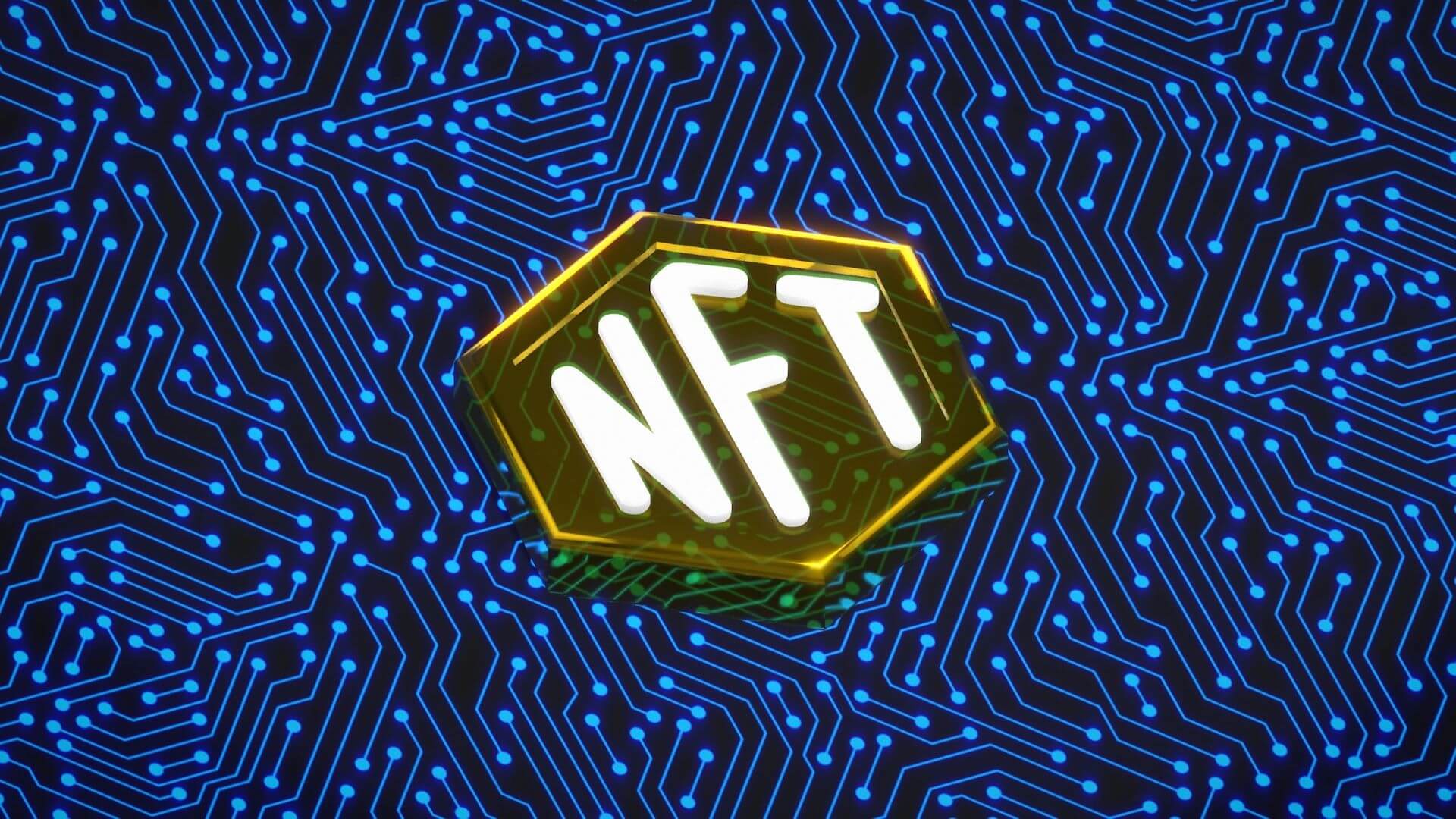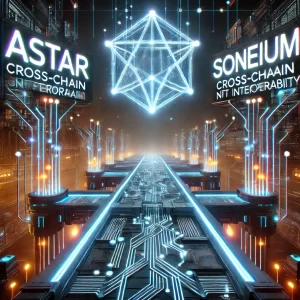We’re excited to announce that NFT Bridges has integrated Chainlink CCIP and VRF—the industry-standard solutions for secure cross-chain interoperability and verifiable randomness—across the Base and Ethereum mainnets. We’re leveraging CCIP’s arbitrary messaging functionality to enable the cross-chain transfer of NFTs between Base and Ethereum. We’re leveraging VRF on Ethereum to help randomize rewards for users who make cross-chain transfers of NFTs from our Ambassadors Collection.
We selected CCIP as our preferred interoperability solution because Chainlink has the most proven track record of maintaining the highest standard of security and reliability in the blockchain industry, with CCIP being the only interoperability solution achieving level-5 cross-chain security. Furthermore, CCIP is backed by the Risk Management Network—a separate, independent network that continually monitors and verifies cross-chain operations for suspicious activity. This additional layer of security is particularly important given historical industry exploits and the billions in user funds lost due to unreliable cross-chain infrastructure.
After reviewing various solutions, we selected Chainlink VRF as our preferred randomness solution because it’s based on cutting-edge academic research, supported by a time-tested oracle network, and secured through the generation and on-chain verification of cryptographic proofs that prove the integrity of each random number supplied to smart contracts.
Thanks to its principle-driven approach, Chainlink has built one of the largest ecosystems in the blockchain industry and is being established as the industry-standard blockchain connectivity standard within capital markets. Connecting NFT Bridges to the Chainlink community and ecosystem offers a multitude of growth opportunities that help NFT Bridges get closer to its goals and increase ecosystem adoption.
NFT Bridges is an NFT infrastructure protocol aiming to make NFTs more liquid and interoperable, particularly through making NFTs easily transferable across blockchains. Currently, NFTs are largely bound to the blockchain that they were initially minted on—in order to go cross-chain, NFT teams frequently spend months to migrate from one chain to another. The vision of NFT Bridges is to make cross-chain NFTs a universal standard so that all NFTs are easily transferable and tradable securely and seamlessly across any chain.
The Ambassadors, NFT Bridges’ flagship collection, demonstrates how Chainlink CCIP and VRF can elevate the NFT experience. Minted on Ethereum, these NFTs span multiple supported chains via Chainlink CCIP. This interoperability fosters a flexible, dynamic ecosystem where NFTs maintain security and transparency across blockchains. The Teleport Tokens Airdrop adds another layer of excitement. Each Ambassador NFT includes an airdrop of 100 to 100,000 Teleport Tokens, with quantities determined using verifiable randomness provided by Chainlink VRF. This helps ensure an unpredictable distribution and equal opportunities for all participants.
In order to help secure our cross-chain NFTs, we needed access to a highly secure and reliable interoperability solution. After reviewing various solutions, we integrated Chainlink CCIP because it provides a multitude of important benefits and features, such as:
- Defense-in-depth security—CCIP’s consensus and messaging layer is powered by Chainlink decentralized oracle networks, which have already secured tens of billions of dollars for smart contracts and enabled over $12 trillion in onchain transaction value. CCIP also features additional layers of protection and reliability via the Risk Management Network and Smart Execution.
- Seamless integration—CCIP offers a unified cross-chain developer experience by providing a single, easy-to-integrate interface. Developers only need to integrate the CCIP Router on-chain to start building secure cross-chain applications.
- Scalable architecture—CCIP eliminates the need for developers to write custom code for chain-specific integrations, while users can interact with any blockchain via a single interface.
- Extendable and future-proof—CCIP is built to support continuous updates, such as the integration of new blockchains, the introduction of advanced functionalities, and the addition of other defense-in-depth approaches to security. Thus, integrating with CCIP eliminates future switching costs should new cross-chain functionalities be needed.
Chainlink VRF works by combining block data that is still unknown when the request is made with the Oracle node’s pre-committed private key to generate both a random number and a cryptographic proof. The NFT Bridges’ smart contract will only accept the random number input if it has a valid cryptographic proof, and the cryptographic proof can only be generated if the VRF process is tamper-proof. This provides our users with automated and verifiable assurances directly onchain that the token rewards are provably fair and were not tampered with by the oracle, outside entities, or the NFT Bridges team.
“We’re thrilled to announce that NFT Bridges has integrated Chainlink CCIP and VRF, the industry-standard solutions for secure cross-chain interoperability and verifiable randomness. Chainlink’s proven reliability and extensive ecosystem align perfectly with our vision to standardize cross-chain NFT functionality.” –Ilan Klein, Founder of NFT Bridges.
About NFT Bridges
NFT Bridges has developed technology that allows NFTs to be transferred between eight major blockchains–with more on the way–enhancing the interoperability of the Web 3 space. We don’t just transfer NFTs from one blockchain to another. Our bridges allow participants to leverage their digital assets in ways they never could before. Collections can now launch simultaneously on multiple chains, potentially leading to quicker sell-outs. Collectors can move their NFTs to chains that offer more attractive investment opportunities or the release of up-and-coming tokens. Investors can diversify or consolidate their portfolios as needed, working in tandem with markets on the fly. This mobility leads to a more productive and proactive relationship with Web 3. Instead of waiting and waiting for the stars to align, people can take control of their destinies.
Additionally, NFT Bridges is introducing the Teleport governance token, a key element in decentralizing our bridge network through a robust system of cross-chain validators. Teleport token is not just a digital asset; it’s a catalyst for community empowerment and platform functionality. By staking these tokens, users gain access to unique opportunities, including participation in a specialized liquidity pool. This pool allows NFT holders to secure loans using their NFTs as collateral, adding new utility to their digital assets.
Moreover, the introduction of this token will significantly accelerate the adoption and usage of our bridges. It represents more than just a means of transaction. Teleport token is a tool for facilitating greater involvement and investment in the NFT Bridges ecosystem, driving both growth and decentralization.









